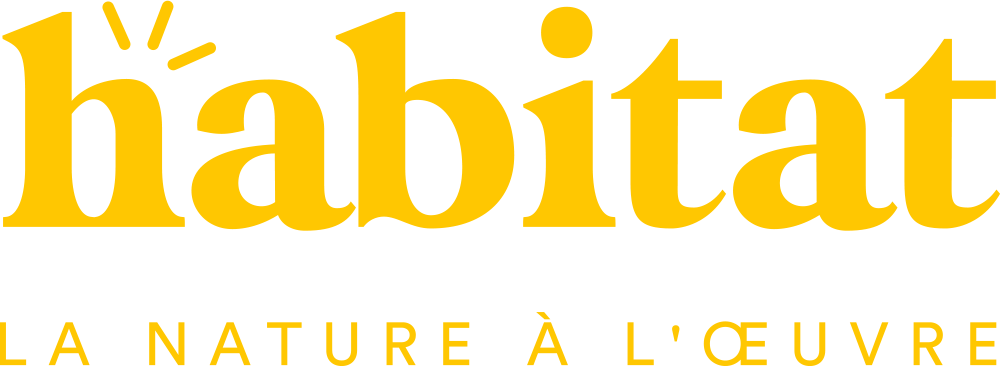Implementing natural solutions to adapt to climate change
As part of the Action-Climat program, the Société pour la nature et les parcs (SNAP) and Nature Québec recently launched the "En mode solutions nature" project. The objective is to accompany several Quebec municipalities and MRCs in the implementation of nature-based solutions to mitigate climate change and halt biodiversity loss.
As part of this project, Habitat was asked toassess the amount of carbon stored by the natural environments of each municipality and to propose natural solutions to increase carbon storage by 2030 and 2050. For each municipality/MRC, we :
Mapped land use, natural environments and the urban canopy.
Assessed the current contribution of urban trees and natural environments to carbon storage.
Proposed nature solutions adapted to the context of the territory under study.
Estimated the amount of carbon stored by 2030 and 2050 through the implementation of natural solutions.
Results for the City of Tadoussac
In the territory of the city of Tadoussac, mixed and coniferous forests have the highest total carbon stock. As for peat bogs and swamps, they are the environments that store the most carbon on average, but they are not very present on the territory. To increase the total carbon stock by 2030 and 2050, the city has chosen to implement 4 natural solutions on its territory!
To facilitate the understanding of the general public, the results were popularized and presented in the form of a summary sheet.
Results for the City of Varennes
On the Varennes territory, marshes and agricultural environments have the highest total carbon stock. To increase its total carbon stock between now and 2030 and 2050, the town has chosen to implement 5 natural solutions on its territory, enabling it to store more than 1,100 tonnes by 2030.



